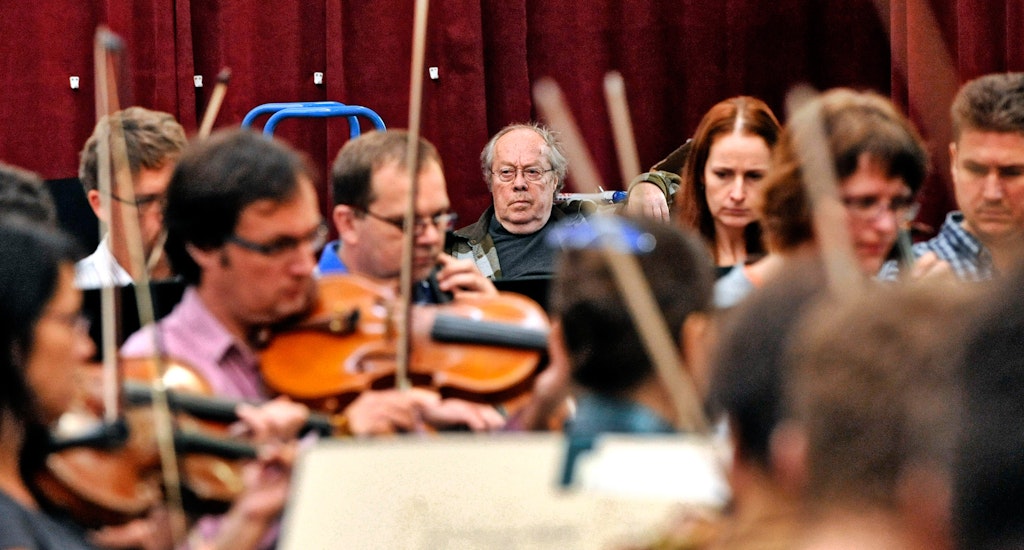Instruments of shock and awe
Jean Sibelius/Arne Nordheim; The Tempest (Naxos/LAWO)
★★★☆☆/★★★★☆
By no means one of Shakespeare’s more popular plays, The Tempest has been adapted into no fewer than 45 operas and many concert works besides. It has intrigued composers as unlikely as Beethoven and Berlioz, Arthur Sullivan and Michael Tippett, by exposing primal fears of the force of nature and the inadequacy of human relationships.
Sibelius wrote incidental music for a Copenhagen production of Shakespeare’s play in 1926, adding an epilogue the following year for a Helsinki revival. By this time, however, Sibelius was all but played out. His seventh and last symphony had premiered in 1923 and decades of alcoholic excess had left little creative novelty in his tank.
Ariel’s two songs are insipid, sad wavelets from a depleted ocean
The best of the Tempest music, performed here complete at the Royal Danish Opera conducted by Okko Kamu, comes in the overture and the choral episodes. In depicting character Sibelius falls back all too often on a plaintive harp. Ariel’s two songs are insipid, sad wavelets from a depleted ocean.
The Norwegian Arne Nordheim (1931–2010), a post-war modernist, uses electronics and atonality as instruments of shock and awe. Envisaging The Tempest as a ballet in 1979, he nonetheless added episodes of wordless singing and cello solos which prove oddly effective against blasts of percussive noise. Nordheim’s seascape is sub-Arctic, its icy stillness as menacing as any tropical storm.
Edward Gardner conducts the Bergen Philharmonic in a weirdly immersive soundscape that vividly reflects northern life at the edge of the cruel sea. I think Canadians will love it, maybe Japanese as well. It has the ring of truth and the shudder of fear.
Enjoying The Critic online? It's even better in print
Try five issues of Britain’s newest magazine for £10
Subscribe














